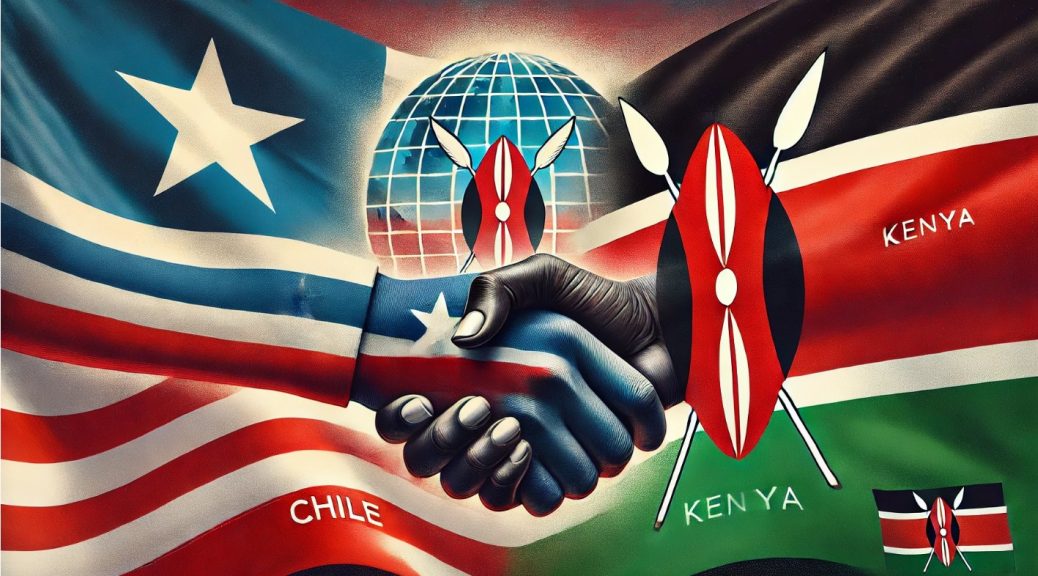Chile Weather in April
April marks the beginning of autumn in Chile, a month that brings cooler temperatures and a shift toward wetter weather, especially in certain regions. Chile is a long, narrow country that stretches from the arid deserts in the north to the icy glaciers in the south, so the weather in April can vary dramatically depending on the region you are visiting. While the central and northern parts of the country may still enjoy mild temperatures, the southern regions start to…

